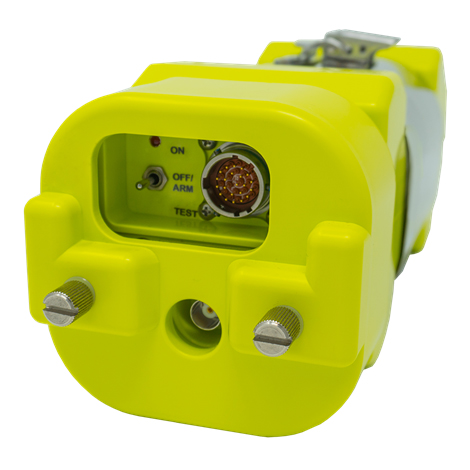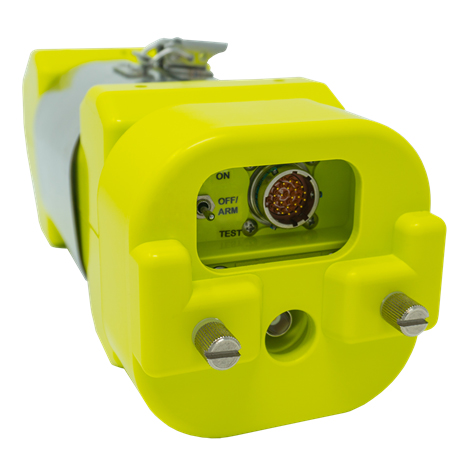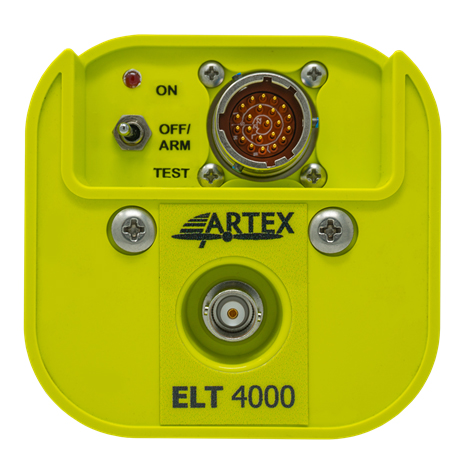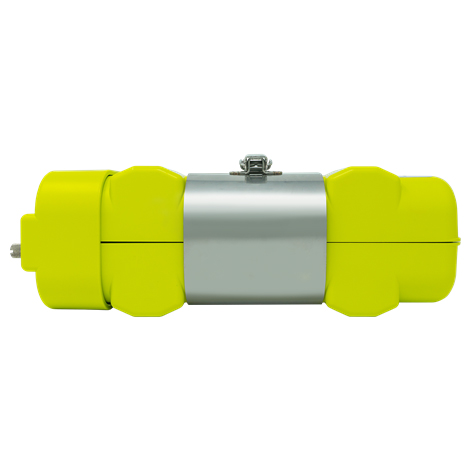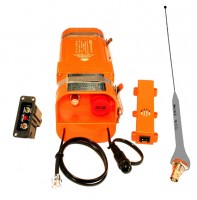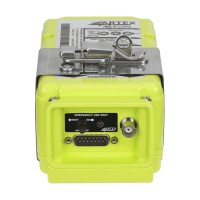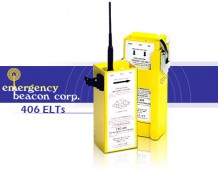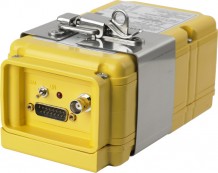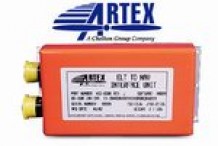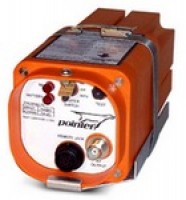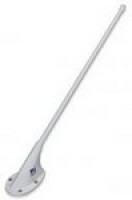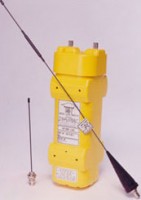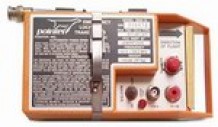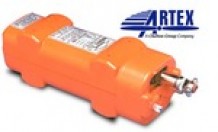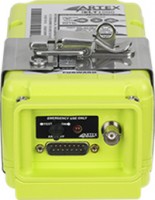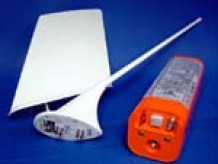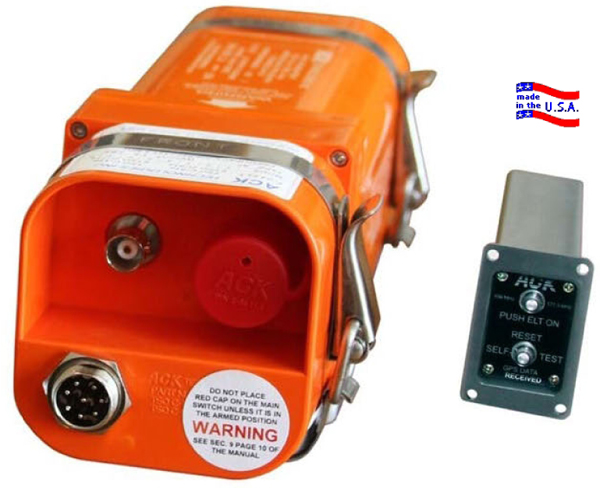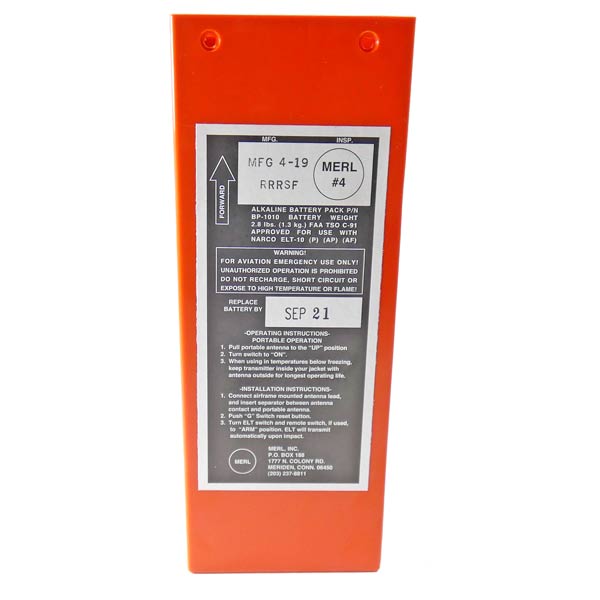Artex Elt 4000 Hm Gps / 406 / 121.5
Overview
| The ARTEX ELT 4000 HM is a transport-grade Emergency Locator Transmitter (ELT) for the rotorcraft market that utilizes alkaline batteries. This innovative power source means that the ELT 4000 is completely exempt from FAA special condition requirements. ARTEX ELT 4000 HM cost of ownership benefits include a lower battery expense per cycle, no hazmat shipping and easy disposal. An integrated NAV interface (ARINC429) omits the requirement and expense of installing a separate NAV interface unit. How the ARTEX ELT 4000 works The ARTEX ELT 4000 HM can be activated manually (via cockpit remote switch) or automatically (the G-Switch senses a 2.3G or greater impact), and alerts the closest Search and Rescue agency of an emergency. The 406 MHz signal, containing the aircraft GPS coordinates, is transmitted to the Cospas-Sarsat satellites and relayed to the Mission Control Center where it is immediately routed to the nearest Search and Rescue agency. The beacon will provide first responders with the exact location to within 100 meters. Finally, the 121.5 MHz homing signal assists Search and Rescue ground forces with finding the location of the emergency. Ease of Installation and Retrofit The ARTEX ELT 4000 HM provides a quick-and-easy retrofit opportunity with flexible installation options such as a two-wire remote switch that does not require any aircraft power. ELT 4000 HM is TSO approved with Legacy Switch and Antenna Systems to facilitate retrofit. Because it is a single output ELT, the ARTEX ELT 4000 HM utilizes the same RF output and only one coax cable to transmit both 406 MHz and 121.5 MHz signals. The built-in navigation interface reduces the need to mount a secondary external interface, greatly reducing the cost of installation. The mounting tray assembly matches the legacy ARTEX C and B Series ELT installation and thereby further reduces engineering costs. |



